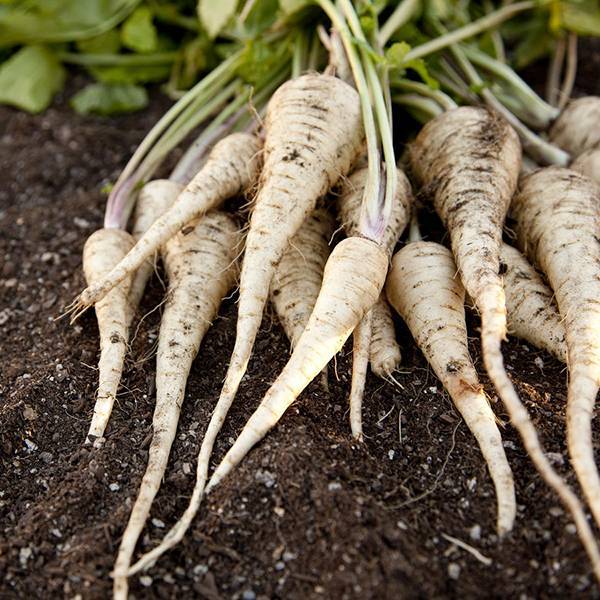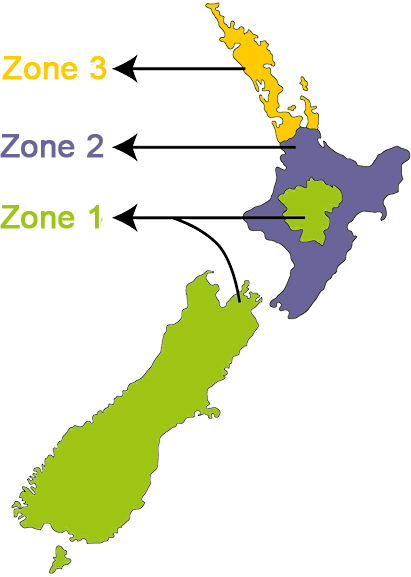
Growing Guide
Full sun. Well drained soil.
1cm
7-10cm
7-10cm
50cm2
2.5cm
Directly sown
14-20
121-152
Parsnips love soft soil so dig around where you intend to plant.
Dig a shallow grove and plant seeds 6mm deep.
Cover, firm gently with your hard over the seed, and water well.
Sow new parsnip seeds as old seeds have a poor germination rate.
Thin seedlings after 4-5 weeks.
Leave 7-10cm between plants, firm down, water in well.
Due to parsnips' size, growing them in a pot is not recommended.
You will need a pot at least 60cm wide and deep.
Follow seed -> seedlings growing guide.
Begin pulling roots early.
Leave some in the ground to spread your harvest window.
To get viable seeds, you’ll need to let at least six parsnips flower.
20 or more plants are better to ensure genetic diversity and make sure your parsnips don’t get inbred.
It’s a good idea to leave a few extras in case some don’t make it through the winter.
Parsnips are pollinated by insects.
When those big yellow flowers appear, they can cross with other varieties of parsnip that are in flower as far as one mile away.
The flowers will go to seed.
The seeds are ready to harvest when they are mostly brown and dry.
They can be harvested easily by hand, holding a bucket or bag underneath the seed clusters to catch them as you pull them off the plant with your fingers.
Alternately, the whole plants can be cut or pulled when the seeds are mostly dry and brought under cover to finish drying out.
Put the plants upside down in a bag or box to catch the seeds as they fall.
Parsnip seeds will last 2-4 years in a cool, dry place.

Zone 1 - Cool
January , February , September , October , November , December
Zone 2 - Temperate
January , February , March , July , August , September , October , November , December
Zone 3 - Subtropical
February , March , April , May , June , July , August , September , October
Problems